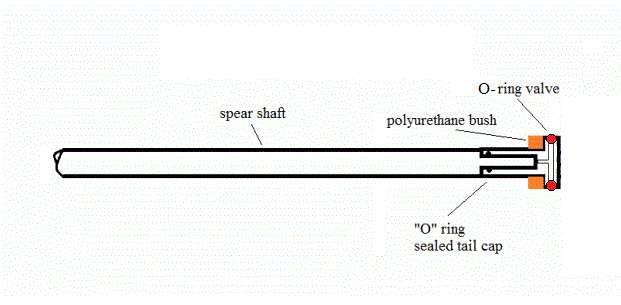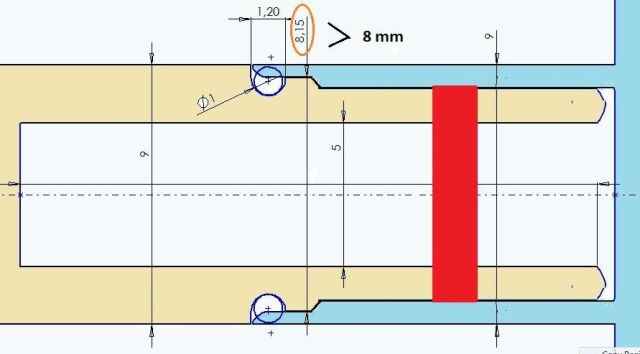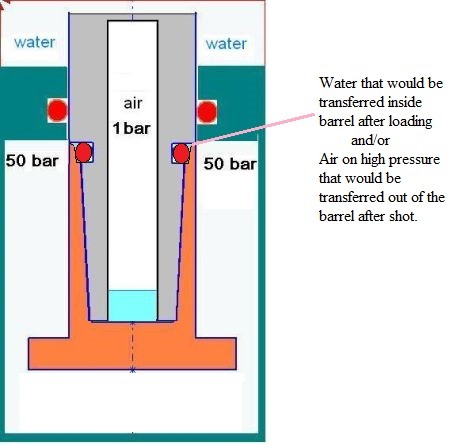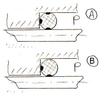There has been some developmental work on an "inner-barrel-less" and hence "pistonless" speargun with a rear latch on the spear tail. The "Taimen" company had a video of one, but I never got around to watching it. I went searching again recently, but I now cannot find anything about it.
My assumption is a sear tooth holds the spear tail cap (substituting for the usual piston) and the gun not discharging then depends on high pressure air not being able to access the rear face of the actual spear. So there must be an "O" ring inside there to keep high pressure air from penetrating into the tail cap's interior. This would appear to be a dangerous system for a speargun. My guess is that if you use an annular rubber ring valve then you can eliminate hydraulic lock in the tail cap by pushing any trapped water out into the air reservoir as you muzzle load the spear. Then when you pull the trigger the spear tail cap releases and it and the spear both head for the muzzle. Any leaks in the spear tail cap's sealing and the gun shoots, if the rubber ring valve fails then the gun depressurizes. I don't know any of the actual details, but here is a guess in a quick sketch.

My assumption is a sear tooth holds the spear tail cap (substituting for the usual piston) and the gun not discharging then depends on high pressure air not being able to access the rear face of the actual spear. So there must be an "O" ring inside there to keep high pressure air from penetrating into the tail cap's interior. This would appear to be a dangerous system for a speargun. My guess is that if you use an annular rubber ring valve then you can eliminate hydraulic lock in the tail cap by pushing any trapped water out into the air reservoir as you muzzle load the spear. Then when you pull the trigger the spear tail cap releases and it and the spear both head for the muzzle. Any leaks in the spear tail cap's sealing and the gun shoots, if the rubber ring valve fails then the gun depressurizes. I don't know any of the actual details, but here is a guess in a quick sketch.









